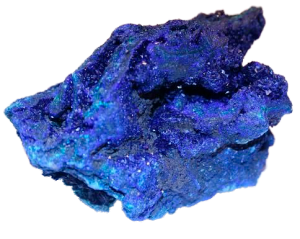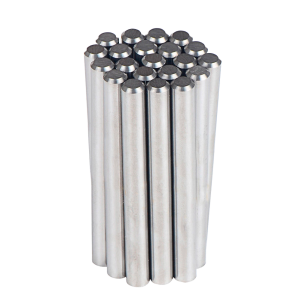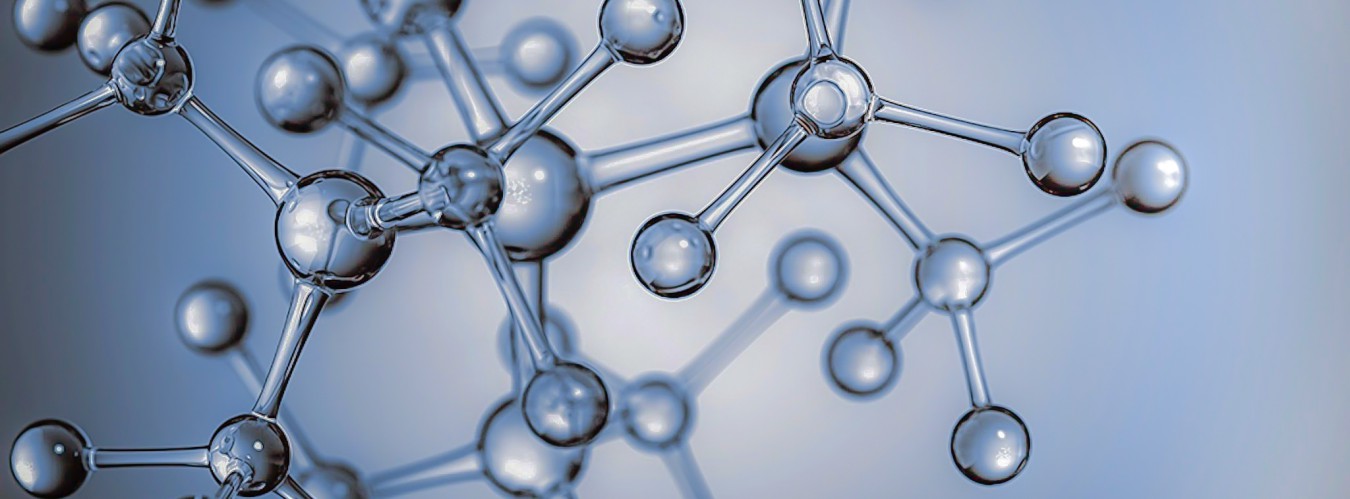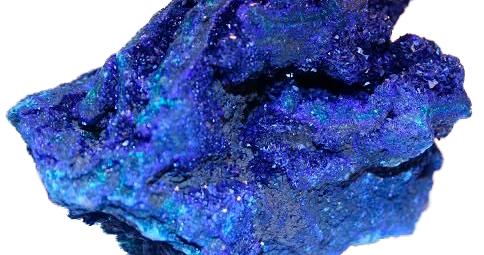WCCo - Cobalt Tungsten

One of the key uses of cobalt metal is as a binder for tungsten carbide (WC). The addition of cobalt to the carbide allows for increased resistance to wear, hardness and toughness, essential qualities for cutting tools, metal rollers and engine components.
Cemented carbides are used in many different industries, including automotive, aerospace, energy, mining and general engineering.

Cobalt properties as a binder for a tungsten carbide alloy:
- Cobalt has a very high melting point at 1493ºC
- Cobalt has a high temperature strength
- Cobalt forms a liquid phase with WC at 1275ºC, pulling sintered parts together, and eliminating voids
- Cobalt forms a eutectic* with WC at 1275ºC dissolving 10% WC.
- Upon cooling, WC re-precipitates in the bond conferring hardness and toughness.
- Cobalt can be ground to a very fine powder reverting to a brittle, close packed form. The fine powder can be easily mixed with hard carbide particles, reverting to a ductile cubic form at room temperature.
Increasing amounts of cobalt content and WC grain size confer an increased hardness of the cemented carbide. The end use of the cemented carbide is thus important to take into account. For example wood working tools do not require such hardness due to the relative soft wood. Rolls for hot rolling of metals however do require a higher cemented carbide and thus have a higher cobalt content.

Material properties of cemented carbides:
Wear resistance:
The most important characteristic of cemented carbides, wear resistance allows for applications where high reliability is imperative such as in motors.
Wear is a process that is very complex and is dependant on many other variables such as the environmental conditions. The rubbing of two surfaces against each other will result in the loss of material. A light pressure between the two surfaces will result in the loss of single surface grains in a process called attrition. A heavier pressure between the two surfaces will cause a loss of clusters of material in a process named abrasion.
The addition of cobalt to the carbide allows for increased resistance to wear, hardness and toughness, essential qualities for engine components
Both abrasion and attrition lead to the loss of surface material and therefore wear. The nature of wear however is very complex and is dependent on many other variable such as the environmental conditions.
Toughness:
The exposure of materials to external, dynamic or static loads causes mechanical stresses to occur within the material. Together, the mechanical strength and the deformability of a material contribute to the term toughness; defined as the ability to resist fracture.
When measuring the toughness of cemented carbides a common approach to adopt is the Palmqvist method. Here the fracture toughness of the material is represented by the critical stress intensity factor KIC . Toughness tests show that this factor increases when the percentage of cobalt is increased and when the WC grain size is increased. Compared with other metallic materials, carbide is lower on the scale for toughness, a similar level to hardened steel. Different cemented carbides vary in toughness behaviour however, dependant on the microstructure of the material.
Hardness:
Hardness can be defined as the ability of a material to resist plastic deformation. By applying a force of 30kg weight, 294 N, a measurable indentation can be created on the test material. By decreasing the binder content (of which cobalt is often used) or decreasing the WC grain size hardness can be increased.
Mechanical Strength
The strength of a material is limited to defects within the material including pores, inclusions and micro-cracks. For ductile materials the defect frequency limits and mean size are important. For Brittle materials such as carbides, frequency above a certain size limits the strength. Therefore, the mechanical strength is volume dependant and the probability of finding a large defect increases with volume.

